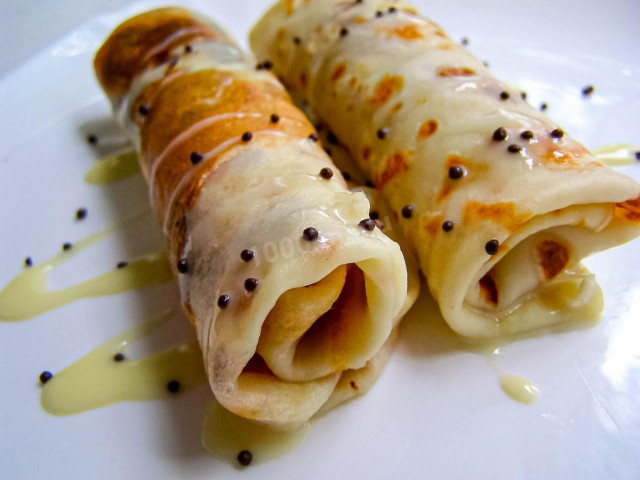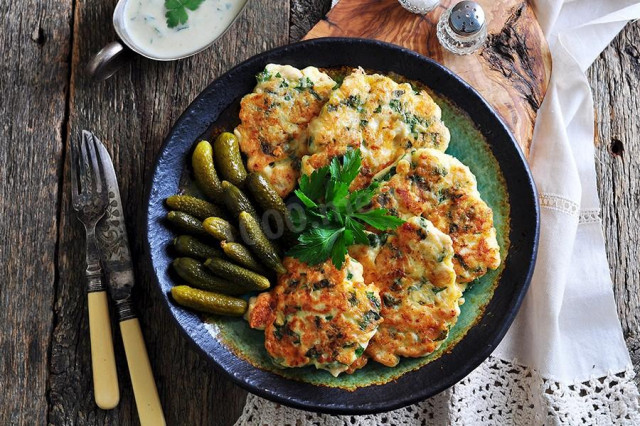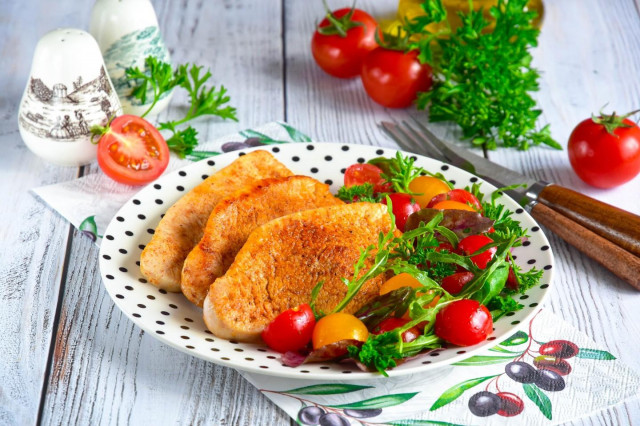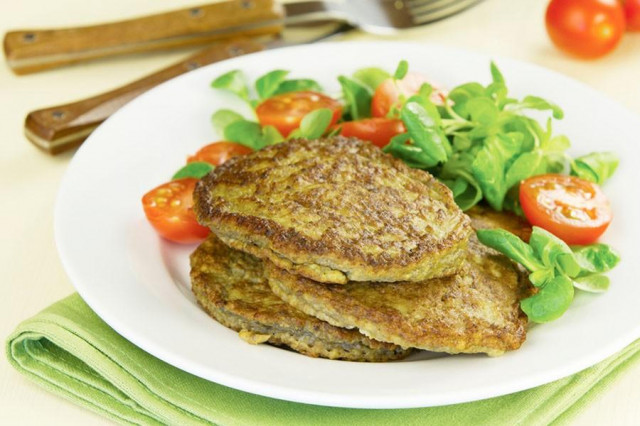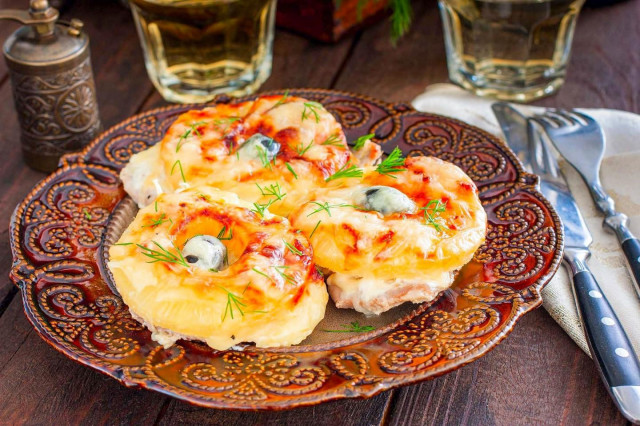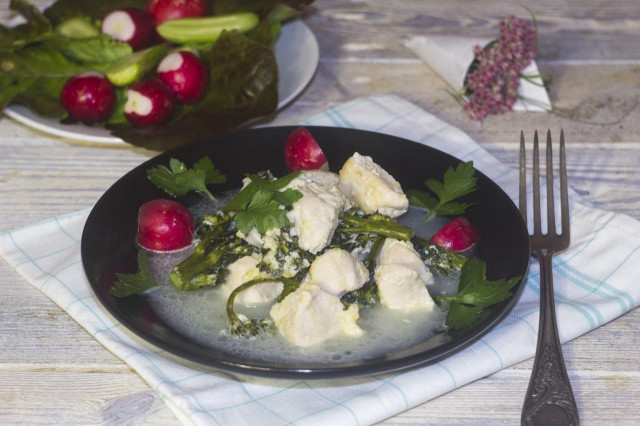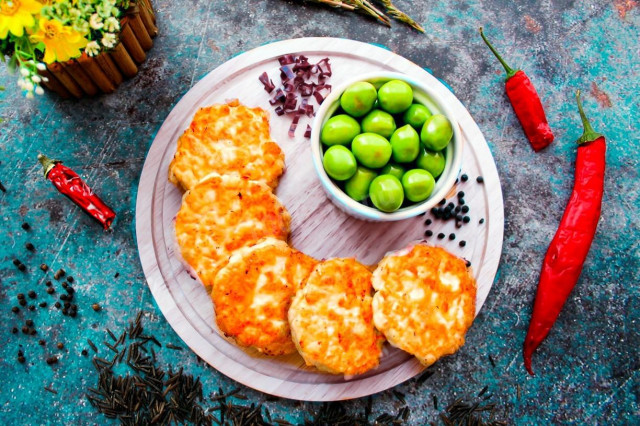Composition / ingredients
Step-by-step cooking
Step 1:
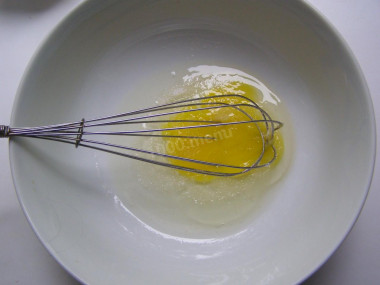
How to make pancakes with condensed milk? Take a deep bowl in which you will cook the dough. Wash the egg well and drive it into it. Be sure to wash the eggs before use, as even the seemingly clean shell may contain harmful bacteria. Add sugar and vanilla to the egg (optional). With a whisk or mixer, beat the egg and sugar well until smooth. Achieve complete dissolution of sugar crystals.
Step 2:
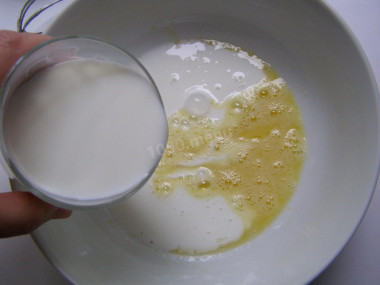
Heat the milk slightly on the stove. It will be easier to stir the flour in a warm liquid. Pour it into a bowl with egg-sugar mixture. Melt the butter in any way convenient for you. Choose high-quality, natural oil, without vegetable fats. Add the melted butter to the bowl with other products.
Step 3:
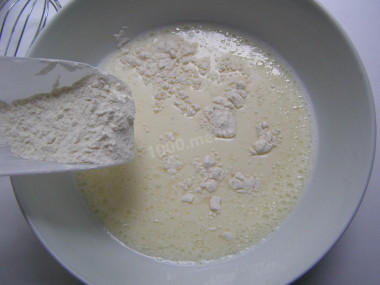
Sift the flour and start pouring it into a bowl in portions, beating the dough with a whisk or mixer after each addition. It is important to sift the flour to saturate it with oxygen. This will not only remove possible debris, but also improve the quality of finished products.
Step 4:
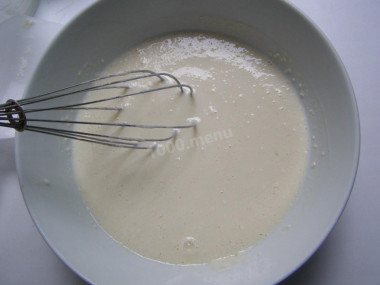
Mix all the ingredients thoroughly so that the dough acquires a homogeneous consistency without lumps. Be prepared for the fact that flour may need more or less than indicated in the recipe. Focus not on the amount of flour, but on the desired consistency of the dough. It should resemble thin sour cream and pour from a ladle.
Step 5:
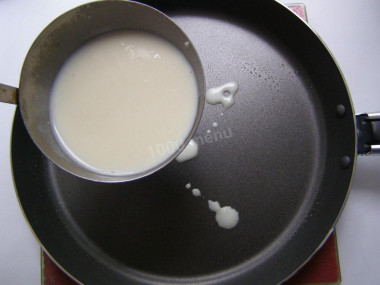
Put the pancake pan on the stove. Heat it well over high heat. Lubricate the pan with oil (once, then there will be no such need, since the dough contains oil). Fill the dough with a ladle and pour it evenly over the surface of the pan.
Step 6:
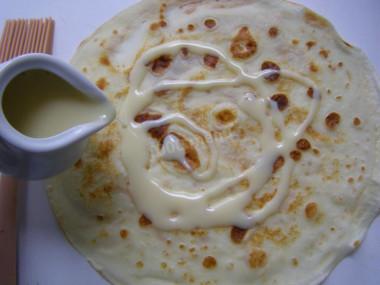
Fry the pancakes on both sides until they turn golden. Adjust the fire so that the pancakes are fried quickly enough, but do not burn. Stack fried pancakes in a stack. Fry the whole dough in this way. Brush each pancake evenly with condensed milk on one side.
Step 7:
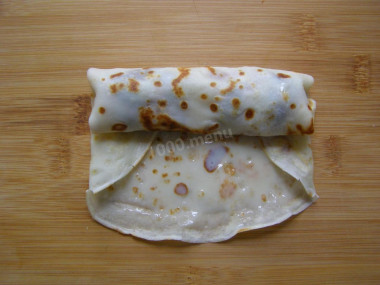
Roll up the tube, turning up the side edges. Choose high-quality, proven condensed milk. Without vegetable fats and food additives. The composition should contain only two ingredients: milk and sugar. As a result, the taste and quality of the finished dish will depend on the quality of condensed milk.
Step 8:
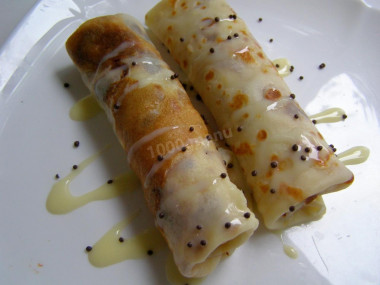
Serve the pancakes hot. From this number of products, 8 pieces are obtained. Bon appetit!
Butter can be melted in the microwave or in a water bath.
How to melt butter in the microwave?
Cut the butter into small pieces and place it in a special container. To prevent the oil from splashing when heated, cover the oil vessel with a paper towel. The oil should be melted either at the lowest power or in defrosting mode. At first, five seconds will be enough. Next, if the butter has not melted yet, set it again for 5 seconds and start the microwave. Repeat the process several times until the desired result.
How to melt butter in a water bath?
You will need two containers of different diameters. Pour water into a large one and put it on the stove. Place the smaller container on top so that it is submerged in water by about half. Put the sliced butter into it. Under the influence of boiling water, the oil will begin to melt. Stir the oil slightly to speed up the process. As soon as the pieces of oil are completely dissolved, remove the container from the stove.
What is the difference between vanilla, vanillin, vanilla extract and vanilla sugar, how to use and replace them correctly, so as not to spoil the taste of the dish , read in this article .
Important! An incorrectly selected frying pan can ruin even the best recipe. All the details on how to choose the perfect frying pan for different dishes read here .
Caloric content of the products possible in the composition of the dish
- Whole cow's milk - 68 kcal/100g
- Milk 3.5% fat content - 64 kcal/100g
- Milk 3.2% fat content - 60 kcal/100g
- Milk 1.5% fat content - 47 kcal/100g
- Concentrated milk 7.5% fat content - 140 kcal/100g
- Milk 2.5% fat content - 54 kcal/100g
- Chicken egg - 157 kcal/100g
- Egg white - 45 kcal/100g
- Egg powder - 542 kcal/100g
- Egg yolk - 352 kcal/100g
- Ostrich egg - 118 kcal/100g
- Whole durum wheat flour fortified - 333 kcal/100g
- Whole durum wheat flour, universal - 364 kcal/100g
- Flour krupchatka - 348 kcal/100g
- Flour - 325 kcal/100g
- Granulated sugar - 398 kcal/100g
- Sugar - 398 kcal/100g
- Condensed milk with sugar - 324 kcal/100g
- Butter 82% - 734 kcal/100g
- Amateur unsalted butter - 709 kcal/100g
- Unsalted peasant butter - 661 kcal/100g
- Peasant salted butter - 652 kcal/100g
- Melted butter - 869 kcal/100g
- Vanillin - 288 kcal/100g

